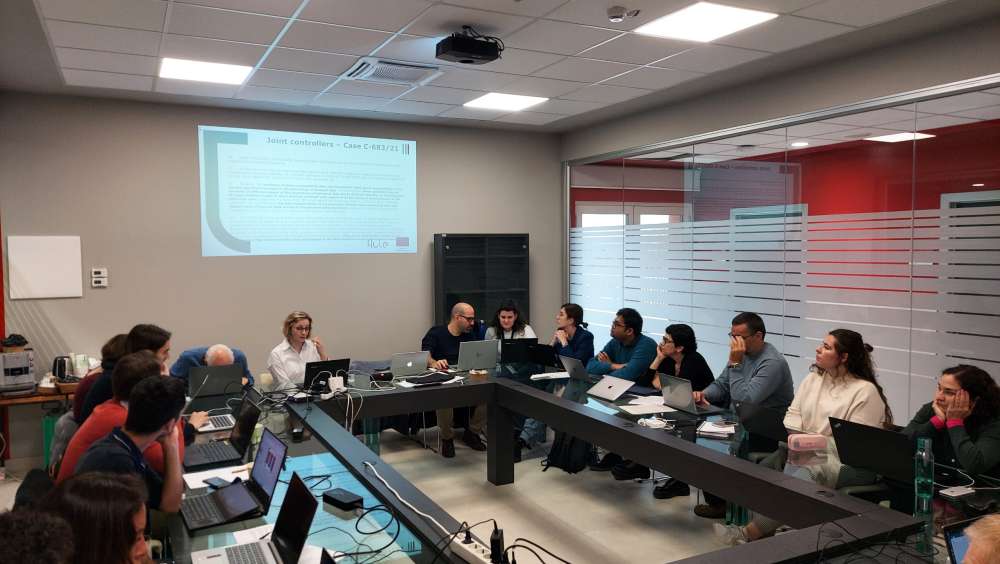
Unveiling the power of synthetic data in biomedical research: navigating privacy frontiers
In the ever-evolving landscape of biomedical research, data holds the key to groundbreaking discoveries and advancements. In particular, development of AI solutions for healthcare requires the use of vast datasets containing sensitive patient information. However, the intricate web of privacy concerns surrounding use of sensitive health information has created challenges in harnessing the full potential of data-driven solutions. These concerns have spurred a growing interest in synthetic data – a simulated dataset created to mimic the statistical properties of real-world data.
At the same time, the adoption of synthetic data in biomedical research also raises crucial legal questions. For instance, the intersection of synthetic data and General Data Protection Regulation (GDPR) has sparked a considerable debate, with a majority of researchers agreeing that synthetic data cannot be automatically deemed "private" or exempt from data protection laws. Legal challenges surface when synthesizing data from real-world datasets. In these instances, the workflow commences with the collection and preparation of personal data, serving as the foundation for training AI models responsible for generating synthetic data. From a GDPR standpoint, at this stage, the development of synthetic data models involves the processing of the original personal data.
Furthermore, a crucial question emerges: does the resulting synthetic data remain within the scope governed by data protection laws? At first glance, one might argue that because the data undergoes intentional disruption and alteration (resulting in a lack of direct correlation between synthetic data and individuals), it automatically becomes non-personal. However, several studies suggest that sufficient levels of anonymization are not always achieved. Even if the data generation process begins with de-identified data (where direct identifiers like names are stripped), there remains a risk of indirect identifiability either through the synthetic data itself or in conjunction with other available sources. Consequently, it becomes necessary to assess the degree to which individuals can be identified through the synthetic data.
To navigate this complex landscape, it is imperative for researchers to adopt responsible practices when generating and utilizing synthetic data. Implementing stringent de-identification techniques for training datasets, ensuring compliance with existing data protection regulations, and fostering transparency and careful assessment of results in research practices are pivotal steps in maintaining the delicate equilibrium between scientific progress and privacy preservation.
In conclusion, synthetic data emerges as a beacon of hope for biomedical research, offering a pathway to unlock insights while respecting the privacy rights of individuals. As the journey into the realm of synthetic data continues, the biomedical research community must tread carefully.
For further reading please see: https://www.timelex.eu/en/blog...
Magdalena Kogut – Czarkowska, Timelex
